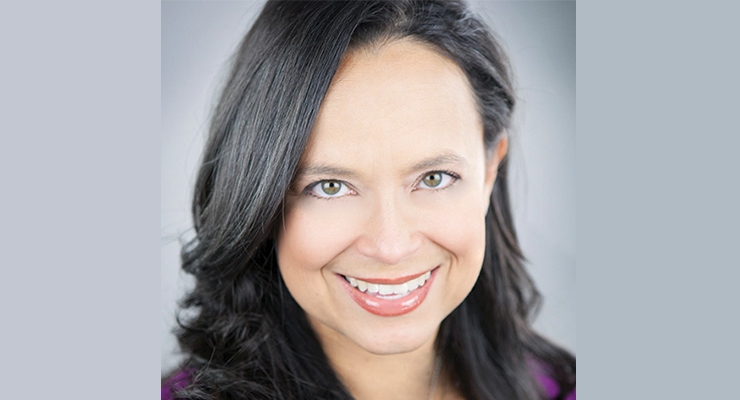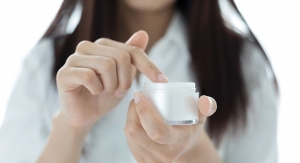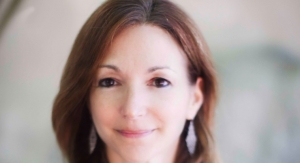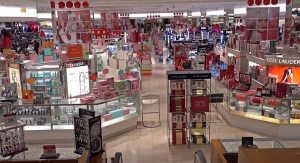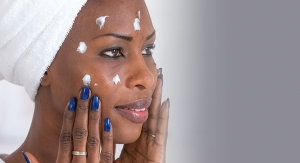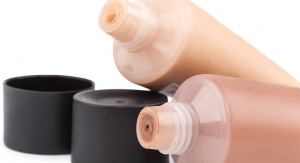Larissa Jensen, Executive Director, Beauty Industry Analyst, The NPD Group01.30.19
If I had to use one word to characterize the state of the U.S. beauty industry today, it would be disruption. Whether we look at categories, brands or retailers, there are sweeping changes taking place. The market landscape is shifting below the surface, but opportunity exists to innovate and leverage trends impacting the consumer psyche, which is at the heart of this transformation.
As we look ahead, what does all this upheaval mean for the coming year? Given the adaptability of our industry, while the engines that drive performance may shift and change, growth will likely continue, albeit at a slower pace.
I expect that skincare will ride the current tidal wave of success into the coming year. Having seen no signs of a slowdown, we anticipate strong performance from this category. Natural brands will remain top contributors to growth. Established brands and retailers can expect to reap the benefits of a turnaround in performance as they infuse excitement into their institutions by listening and reacting to consumer needs. But market shifts will persist. In prestige, smaller brands outside of the top 20 now own the largest piece of the category, and the online channel is quickly nearing 25% dollar share. Understanding the levers that drive market success areas will promote future growth.
The makeup category holds significant promise as the number of consumers using makeup reached 67% in 2018, a growth of 6 points over two years ago. But consumer attention is diverted in the broader retail landscape of today, so this increased engagement may not translate into positive performance for the more traditional channels in 2019. Despite this, pockets of growth will shine a bright spot on the category. Products like lipstick minis, eye shadow palettes and makeup sets will likely experience gains, driven by the continued consumer demand for value. Brands that innovate and leverage trends impacting consumer psyche will win.
Excitement in fragrance will likely carry over into 2019. While smaller areas of the category like home scents and artisanal brands will remain solid performers, it is the success of the more traditional components of fragrance, such as holiday performance and juice sales, that will determine if dollar growth remains strong. Fragrance gift sets will likely continue to struggle as the broader consumer desire for unique products impacts this area of the market, which, by its very nature of being a prepackaged collection of products, is the antithesis of a personalized gift.
In retail, the pop-up concept will become a staple go-to-market strategy as brands looks to carefully craft their message for the consumer. Expect to see more traditional retailers embrace key consumer trends like experience and wellness in a bigger way, motivating engagement through reimagined spaces, events and pop-ins. And as retailers outside of beauty experiment with new store concepts that include elements such as lounge spaces, coffee bars and convenience services, we anticipate outside-the-box innovations like these to permeate beauty retail as well.
Looking to 2019 and beyond, the disruptive nature of our industry dictates that all we can expect is the unexpected. As transformation continues, we anticipate more surprises. And while the unknown can be unsettling, it also holds tremendous promise.
What is the white space, what haven’t we explored yet as an industry, and what new technologies lay on the horizon that will change the way we create, market and use beauty products? Only time will tell. Will your brand be ready?
About the Author
Larissa Jensen is executive director, beauty industry analyst, The NPD Group—and a member of Beauty Packaging’s Board of Advisors. Follow her on Twitter.


